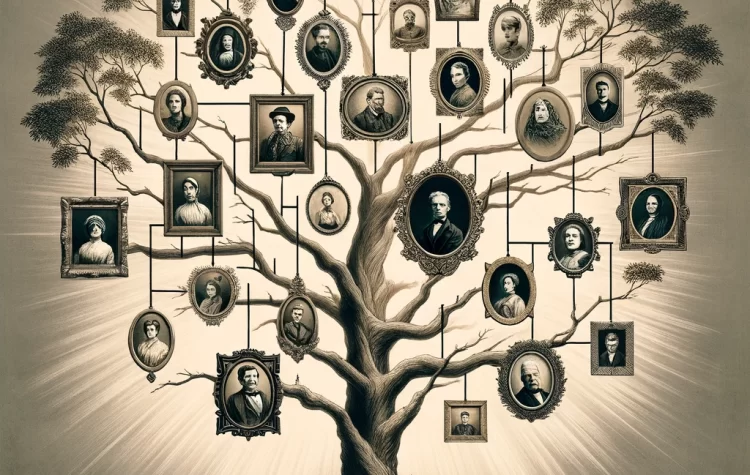Definition:
Morphology is the branch of linguistics that studies the structure of words, including the formation and interrelation of morphemes – the smallest meaningful units in a language. It examines how words are formed from morphemes (such as roots, prefixes, and suffixes), and how these elements convey meaning, change word function, and create new words. Morphology encompasses the analysis of word formation rules, word classes, and the way in which the morphological structure of words influences their syntactic roles.
Etymology & Origin:
The term “morphology” is derived from the Greek “morphē” meaning “form” and “-logia,” which means “the study of.” Hence, morphology literally translates to the study of forms. It was first used in the 19th century, initially in the field of biology to describe the study of the form and structure of organisms. In linguistics, morphology refers to the study of the form and structure of words in a language, a usage that became established in the late 19th to early 20th century.
Examples:
- The word “unbelievable” is an example of English morphology, combining the prefix “un-“, the root “believe”, and the suffix “-able” to form a new word.
- Morphological analysis helps linguists understand how languages use affixation, compounding, and inflection to create word forms.
- In many languages, morphology indicates tense, case, gender, and number through changes in word form, such as conjugation and declension.



